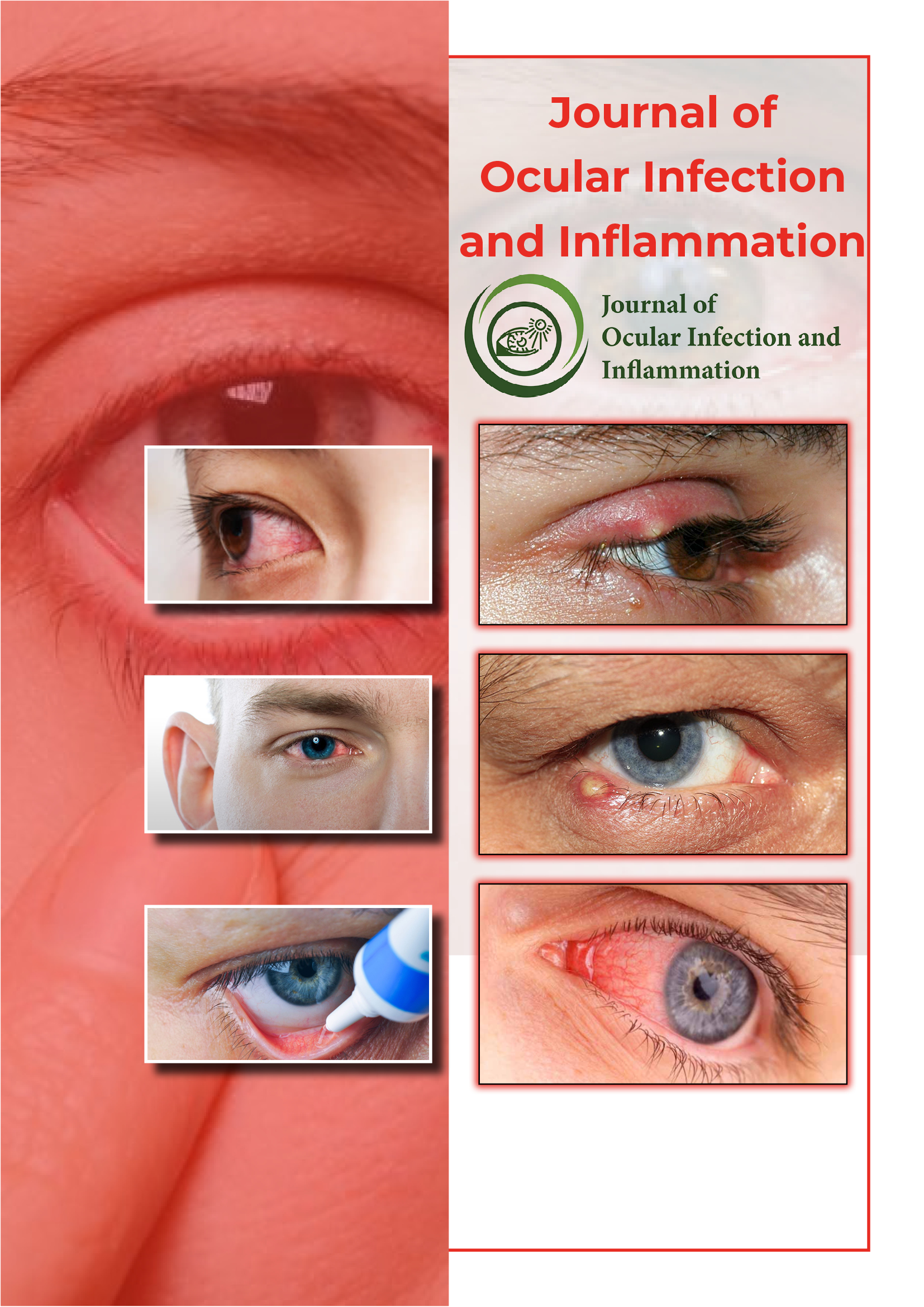Useful Links
Share This Page
Journal Flyer

Open Access Journals
- Agri and Aquaculture
- Biochemistry
- Bioinformatics & Systems Biology
- Business & Management
- Chemistry
- Clinical Sciences
- Engineering
- Food & Nutrition
- General Science
- Genetics & Molecular Biology
- Immunology & Microbiology
- Medical Sciences
- Neuroscience & Psychology
- Nursing & Health Care
- Pharmaceutical Sciences
Opinion Article - (2024) Volume 5, Issue 1
Age-Related Macular Degeneration: A Detailed Examination of Diagnosis and Treatment Approaches
Thomas Kasper*Received: 26-Feb-2024, Manuscript No. JOII-24-25614; Editor assigned: 28-Feb-2024, Pre QC No. JOII-24-25614 (PQ); Reviewed: 13-Mar-2024, QC No. JOII-24-25614; Revised: 20-Mar-2024, Manuscript No. JOII-24-25614 (R); Published: 27-Mar-2024, DOI: 10.35248/JOII.24.05.118
Description
Age-related Macular Degeneration (AMD) stands as an important challenge in the search of ophthalmology, affecting millions worldwide and presenting a significant burden on affected individuals and healthcare systems. However, within the scope of concerning data and the sometimes challenging prognosis associated with this condition, there's an encouraging path driven by advancements in diagnosis and treatment. In this article, we explore the domain of AMD, diagnosis, treatment options, and the potential methods of research improved outcomes and quality of life affected by the condition.
As the leading cause of vision loss in older adults, AMD primarily affects the macula, the central part of the retina responsible for sharp, central vision. Its progression can significantly harm activities essential for daily living, such as reading, driving, and recognizing faces, thus severely affecting the independence and quality of life of those affected.
One of the most significant recent developments in the field of AMD is the advancement and broad application of diagnostic techniques. Early detection is important to managing AMD effectively, as interventions tend to be more successful in the early stages of the disease. Advances in imaging technologies, such as Optical Coherence Tomography (OCT) and fundus auto-fluorescence, have established our ability to detect and monitor AMD with innovative detail and accuracy. These imaging methods, which are external, allow clinicians to visualize pathological changes in the macula, supporting timely intervention and customized treatment strategies.
When it comes to treatment, the domain of AMD management has evolved significantly over the years, providing patients with a range of options customized to their specific needs and disease characteristics. The introduction of Anti-Vascular Endothelial Growth Factor (anti-VEGF) therapy has significantly transformed the management of neovascular AMD, the most aggressive form of the disease characterized by the growth of abnormal blood vessels below the macula. Anti-VEGF agents, administered via intravitreal injections, work by preventing the growth of these abnormal blood vessels, thereby protecting vision and preventing further damage to the macula.
Moreover, recent research has clarified on the role of inflammation and immune imbalance in the pathogenesis of AMD, preparing for novel therapeutic approaches targeting the inflammatory process. Anti-inflammatory factors complement inhibitors, and other immunomodulatory drugs are being investigated as potential additional therapies or alternatives to anti-VEGF agents, providing expectation for improved outcomes and reduced treatment burden for patients with AMD.
However, despite these advancements, challenges continue in the management of AMD. One such challenge is the need for long-term treatment and monitoring, as AMD is a chronic and progressive condition requiring ongoing care to prevent vision loss and preserve visual function. Compliance with treatment schedules, particularly frequent intravitreal injections, can be challenging for patients, leading to ideal outcomes and disease progression. Therefore, there is a critical need for strategies to improve patients’ commitment to treatment and reduce the treatment burden associated with AMD management.
Furthermore, differences in access to care remain a significant concern, particularly in communities with limited resources and developing countries where resources and infrastructure for AMD diagnosis and treatment may be limited. Addressing these disparities requires an adaptable approach, including public health initiatives, education, and efforts to promote awareness, improve access to screening and treatment services, and reduce financial barriers to care.
In conclusion, while AMD poses significant challenges to individuals and healthcare systems worldwide, recent advancements in diagnosis and treatment provide hope for improved outcomes and quality of life for those affected. By controlling innovative diagnostic technologies, customized treatment approaches, and ongoing research into novel therapeutic targets, we can continue to progress in addressing AMD and ultimately transform the domain of vision care for generations to come. It is essential that we work collaboratively across disciplines and borders to provide that all individuals, irrespective of their geographic location or socioeconomic status, have access to the care and support they need to preserve their vision.
Citation: Kasper T (2024) Age-Related Macular Degeneration: A Detailed Examination of Diagnosis and Treatment Approaches. J Ocul Infec Inflamm. 05:118.
Copyright: © 2024 Kasper T. This is an open-access article distributed under the terms of the Creative Commons Attribution License, which permits unrestricted use, distribution, and reproduction in any medium, provided the original author and source are credited.

